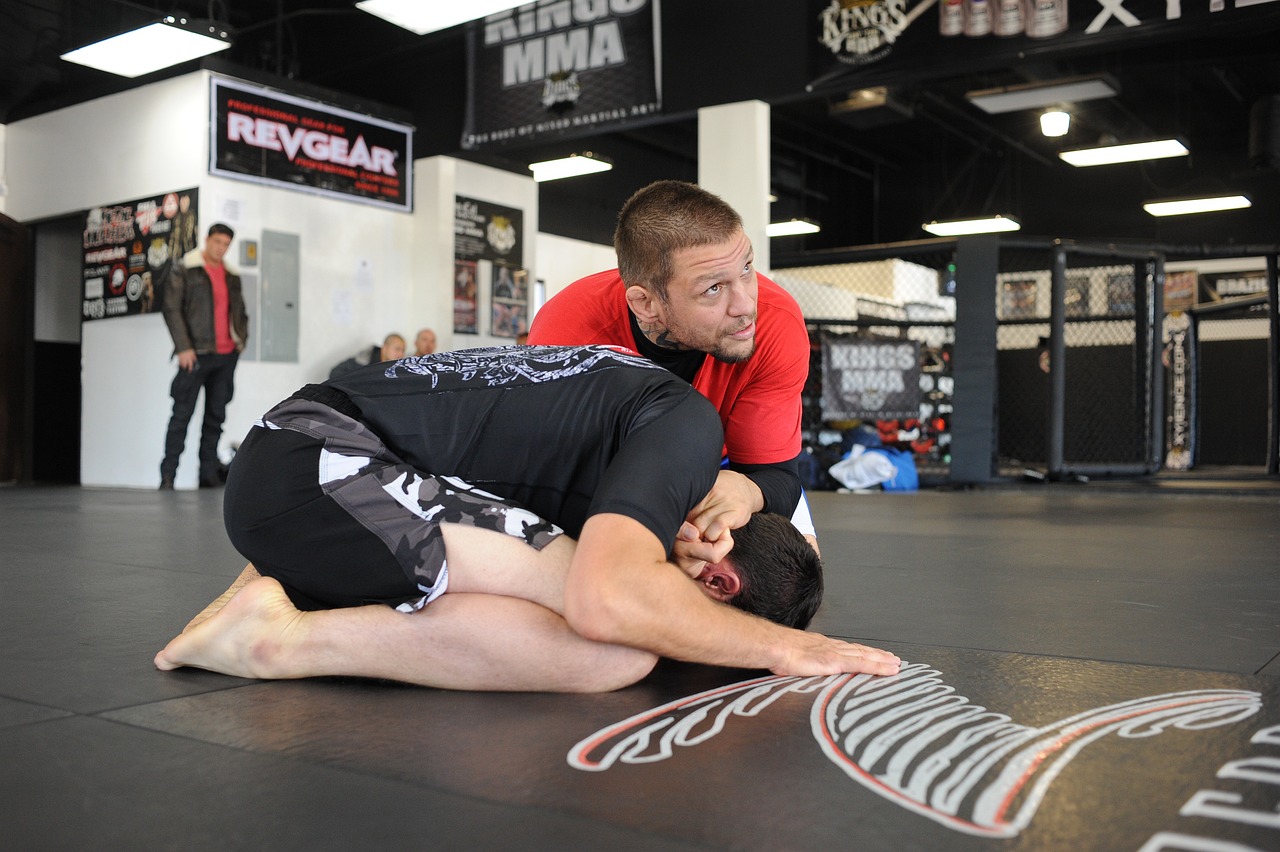The martial arts journey from ancient battlefields to the modern fitness studio is a tale of evolution, cultural exchange, and adaptation. Originally, martial arts were developed for self- defense, military training, and physical conditioning, but martial arts have transformed over centuries.
Today, they are celebrated as combat techniques and as forms of physical fitness, mental discipline, and spiritual growth.
Ancient Origins and Evolution
Martial arts have their roots in the necessity of survival and the art of war. Ancient civilizations worldwide developed combat techniques suited to their needs, environments, and philosophies.
In China, Kung Fu was influenced by Taoist and Buddhist philosophies, emphasizing harmony between the mind and body. Similarly, the Japanese samurai honed the art of Kenjutsu, the technique of the sword, as a means of physical combat and living a life of discipline and honor.
These ancient practices weren’t solely about physical prowess; they embodied their societies’ cultural values and spiritual beliefs. For instance, the Indian martial art of Kalaripayattu is considered one of the oldest fighting systems, strongly emphasizing flexibility, medicinal practices, and spiritual yoga.
Each of these arts reflected the society from which it originated, serving as a means of cultural expression and self-defense.
Historical Presence of Betting in Martial Arts
Betting on martial arts contests is a practice with deep historical roots, reflecting the human penchant for testing skill, strength, and strategy in the face of uncertainty.
In ancient times, spectators of martial arts competitions often placed bets on the outcomes of matches, viewing these contests as displays of physical prowess and technique and as opportunities for gambling.
This tradition was prevalent in many cultures where martial arts flourished, including China, Japan, and Southeast Asia, where local forms of martial arts were integral to social and cultural life.
In these early contexts, betting on martial arts served several functions. It added an element of excitement and engagement for spectators, further entwining martial arts with community and cultural festivities.
Moreover, it provided a means of reward for the combatants themselves, in some cases, where winners could gain a share of the wagers placed. This aspect of betting helped elevate skilled practitioners, contributing to their social status and the esteem in which particular martial arts disciplines were held.
Today, betting has grown a lot over the past years, and there are even online sportsbooks now where spectators of martial arts can wager on their favored competitor.
Cultural Exchange and Global Spread
The spread of martial arts worldwide is a cultural exchange and adaptation story. As trade routes expanded, so did the knowledge exchange, including martial techniques. The Silk Road spread martial arts from East Asia to the Middle East and beyond. European knights and soldiers encountered these practices and incorporated aspects into their martial training.
In the modern era, the global spread of martial arts was accelerated by migration, military exchanges, the rise of mass media, and even online betting. The 20th century saw martial arts icons like Bruce Lee bring Chinese martial arts to a global audience, demonstrating these practices’ effectiveness and philosophical depth.
Judo, Karate, and Taekwondo became Olympic sports, legitimizing martial arts as competitive disciplines and spreading their popularity worldwide.
From Combat to Fitness
The transformation of martial arts into a popular fitness activity shows how society’s needs and values have evolved. With less need for hand-to-hand fighting due to technological advances and changes in warfare, martial arts have become more about personal growth, health, and wellness. This shift has been possible because the core ideas behind martial arts easily blend with goals for improving fitness and personal health.
Nowadays, you can find martial arts classes in gyms and studios worldwide, welcoming everyone interested in getting fit and disciplined, relieving stress, and finding a sense of community.
For example, techniques like Tai Chi and Qigong focus on slow, mindful movements and breath control, making them suitable for people of any age or fitness level. On the other hand, more intense martial arts forms, such as Muay Thai and Brazilian Jiu-Jitsu, attract those looking for a challenging workout and effective self-defense methods.
Impact on Health and Society
The health benefits of martial arts are well-documented, encompassing physical, mental, and emotional well-being. Physically, martial arts improve strength, flexibility, endurance, and coordination. Mentally, they foster discipline, focus, and confidence. Emotionally, the practice can be a powerful tool for stress management and personal growth.
Beyond individual health, martial arts have a significant impact on society. They promote cultural appreciation, mutual respect, and a sense of community among martial artists. As a fitness trend, martial arts offer a unique blend of historical tradition and modern health consciousness, bridging the gap between past and present. Additionally, many martial arts schools have a strong emphasis on character development, instilling values such as respect, humility, and perseverance in their students.
From a self-defense perspective, martial arts provide individuals with the skills and confidence to protect themselves and others. This is especially important for marginalized groups who may face discrimination or violence.
Final Thoughts
Martial arts have journeyed from ancient fighting techniques to a modern fitness phenomenon, reflecting these practices’ adaptability and enduring appeal. This evolution from combat to fitness has not diminished the depth and richness of martial arts; instead, it has expanded their relevance and accessibility.
As they continue to evolve, martial arts will remain a vital part of human culture, offering lessons in strength, discipline, and harmony that are as relevant today as they were thousands of years ago.
